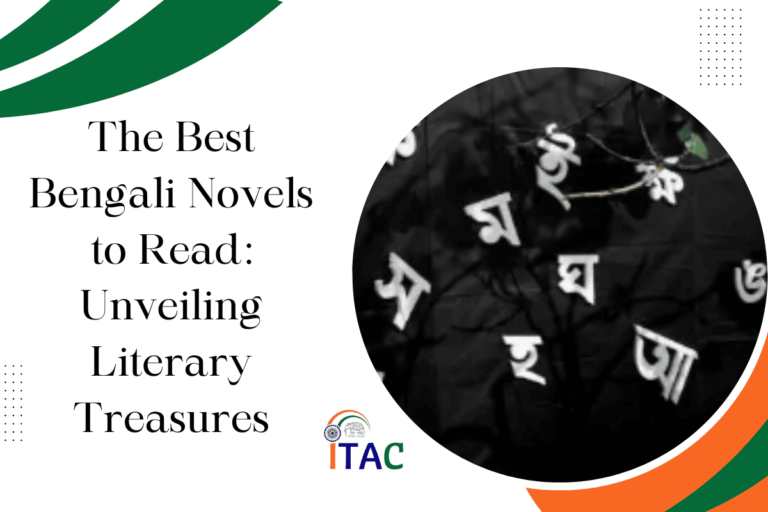The Indian flute, also known as the “Bansuri” in its cultural context, holds a revered position in Indian folk music. If you want to know more about this amazing instrument then you are at the right place.
Today in this blog, I will discuss the nuances of Indian flute folk music, its historical roots, regional variations, and contemporary applications.
Table of Contents
Historical And Cultural Roots Of Flute:
It’s not just another musical instrument; it holds spiritual significance in India. This is because it’s an instrument used by God Krishna himself. Yes, it’s that old in India. In ancient texts, sculptures, and paintings, Bansuri’s history is as old as Indian civilization itself.
You must have seen lots of pictures of Krishna playing the flute. Here is one of the beautiful paintings of Krishna with his flute:
Design And Structure Of Flute:
You might think that in comparison to other musical instruments, this is a small and simple one. So, from where does it get that sweet and soothing sound? It’s actually because of its bamboo construction, which is lightweight and portable. Also, as it is made from a single hollow shaft of bamboo, when wind is blown into this, it creates musical sound.
There are typically six or seven finger holes on a flute, which are strategically placed along its length. Using these finger holes, musicians can play melodies across a wide range of scales, producing different pitches and tones.
In terms of size, Bansuri’s variability is one of its most notable characteristics. Depending on the desired pitch and musical scale, Bansuris can range from 12 to 40 inches in length. Flutes with longer lengths produce deeper tones, while those with shorter lengths produce higher pitches.
Bansuris are considered art forms, requiring precision and expertise to make. A flute’s length and finger hole placement are meticulously calculated to ensure proper intonation and harmonics. A flute’s tone quality and durability are carefully controlled by master flute makers through careful selection and treatment of bamboo.
Here is how it looks:
Flute folk music in India is a testament to the country’s rich cultural tapestry, providing insight into its people’s diverse lifestyles and traditions.
Regional Variations Of Flute:
The Indian flute folk music shows remarkable diversity, reflecting regional cultural differences. If you notice, each region has its own style and technique for playing the Bansuri, which is usually influenced by local music traditions. Let’s understand this briefly:
- North India: The Bansuri plays a central role in traditional and folk music in the North, specifically with long flutes that produce deeper tones. It’s a staple of Hindustani classical music, with raga-based compositions and improvisations. Here is an example for the same:
- South India: The flute is an essential part of Carnatic music in South India, usually made of bamboo or sandalwood. It’s shorter than its northern counterpart, so you can play intricate compositions faster. Here is an example for it:
- Eastern India: The flute is a prominent instrument in Bengali Baul and Fakir, playing freestyle and conveying philosophical and mystical messages. The closest example is this:
Western India: The Bansuri is an accompaniment to folk songs and dances in Rajasthan, which expresses the vibrancy of the region’s culture through its lively and rhythmic style. Here is an example of this:
Contemporary Influence
In today’s world, Indian flute folk music continues to inspire and influence contemporary music genres. In fusion music, it blends with jazz, classical, and electronic music, proving its versatility and universal appeal. With its soulful sound, the Bansuri connects listeners to Indian music’s rich heritage and spiritual depth. Sometimes we just fail to appreciate our classical and folk music and dance industry, but it’s making impacts worldwide.
Bottom Line:
India’s flute folk music is a vibrant part of its cultural heritage, embodying its diverse traditions and universality of musical expression. As a bridge between traditional and contemporary, the Bansuri’s melodious, ethereal sound continues to enchant audiences. The timeless appeal of Indian flute folk music remains undiminished even as it evolves.











